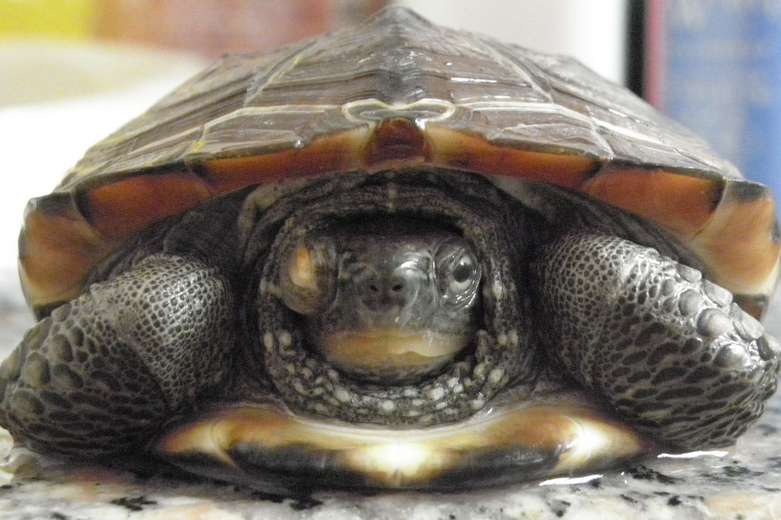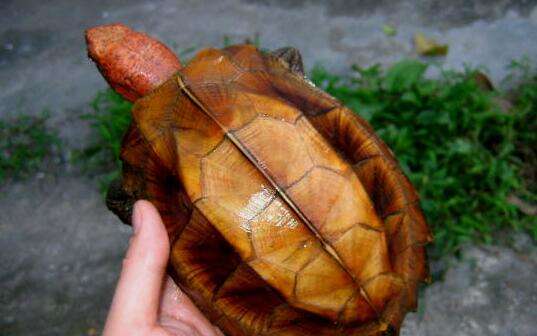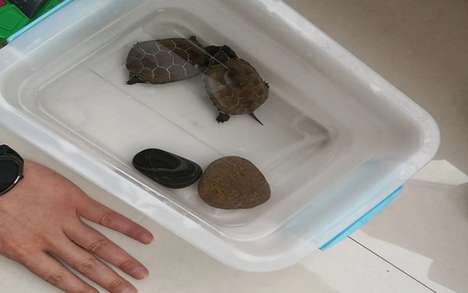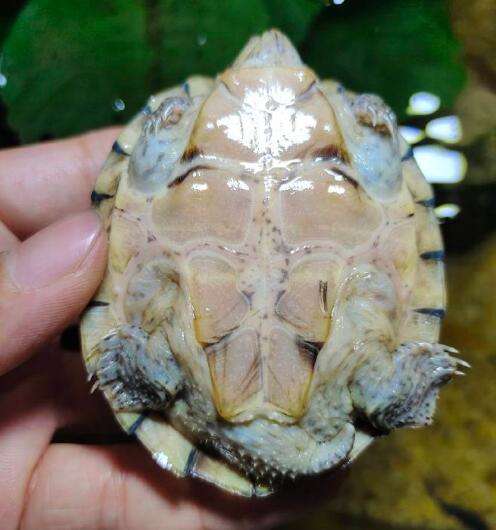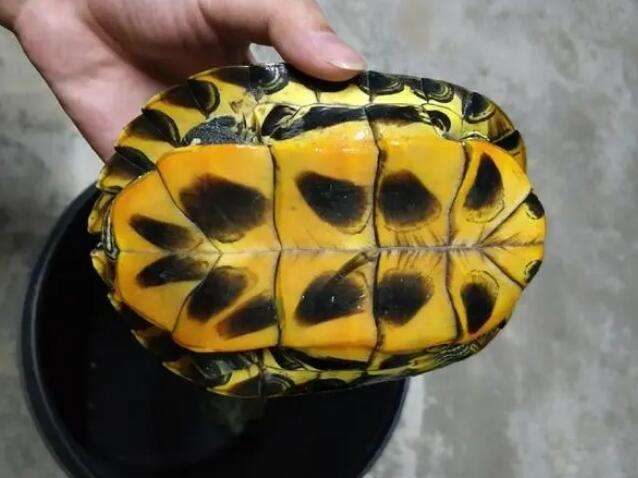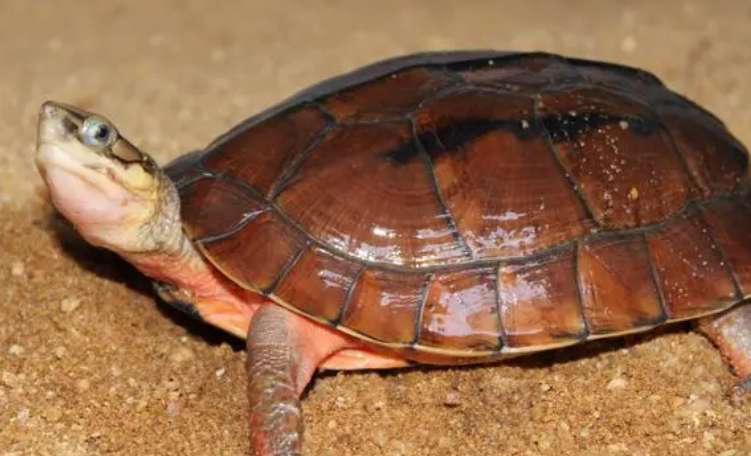The embryonic development of turtles can be divided into six stages: intramaternal development period, neuroblast period, yolk sac vascular zone period, fetal membrane and morphological establishment period, ossification period and hatching period.
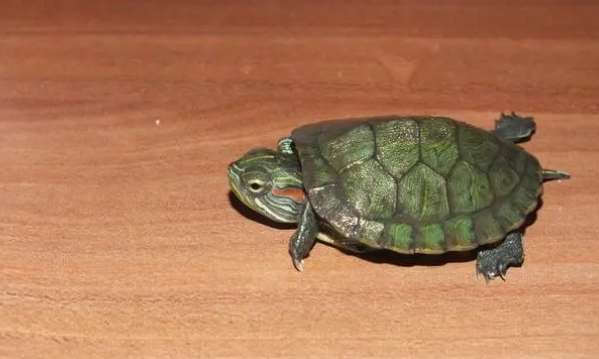
1. Development period within the mother:
Turtle eggs are already in the body before they are laid. The mother's fallopian tube goes through developmental stages such as cleavage, blastocyst, and gastrula. The central part of the turtle embryo 24 hours after birth has a clear and translucent appearance, which is called the bright zone. The dense surface layer along the periphery of the blastoderm becomes thinner, and the central thickened area first becomes round and later becomes oval, which is called the embryonic shield.
2. Neuroblast stage:
On the third day of incubation, as the embryo grows, two parallel neural folds appear on the surface of the embryonic shield. When the first pair of somites differentiate, When it comes out, the neural folds from the neck to the inside of the back end of the body have healed at this stage, forming a neural tube.
3. Yolk sac vascular zone period:
On the 5th day of incubation, the embryo body is clearly visible, the whole body is milky white, the head and tail are distinct, and there are bright red capillaries.
On the 7th day of incubation, the head twisted slightly to the right. The primordia of the eyes and forelimbs have been formed, the body segments have increased, and the tail bud has appeared.
4. Fetal membrane and morphological establishment period:
On the 9th day of incubation, the embryonic body is significantly enlarged, the heart primordium is formed, and the tail is separated from the trunk. A distinctive feature of the embryo during this period is the formation of fetal membranes and embryonic organs, and the appearance of an extraembryonic organ called the allantois, which is an important organ for embryonic respiration and a storage place for embryonic waste excretion.
On the 11th to 13th day of incubation, the embryonic body increased significantly, the pigment of the eyeball increased, the heart was built, blood circulation was established, the tail became slender, the lungs were divided into leaves, and the embryonic body turned ventrally. Curved, head and tail almost touching.
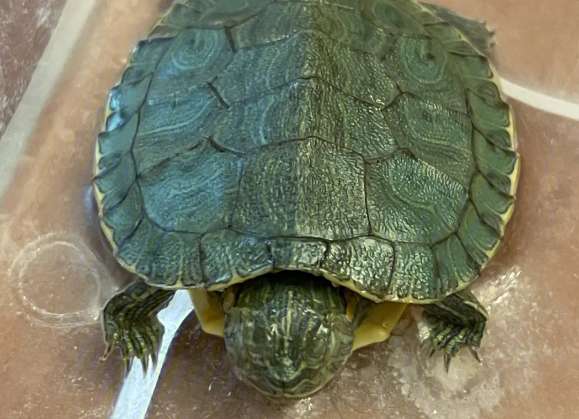
5. Ossification period:
On the 15th to 19th day of incubation, The vertebral arches and vertebral bodies appear, and the carapace primordium has developed into a transparent membrane. The five parts of the embryo are clearly defined: head, neck, trunk, tail, and limbs. The front and rear limbs have been differentiated, and the plastron is also vaguely visible.
On the 21st to 27th day of incubation, the neck becomes slender and the front and rear limbs become thicker. The growth of the eyes and head is relatively reduced, and the scutes on the back are clearly countable. On the 30th to 35th day of incubation, the heart was no longer visible, the neck was more clearly separated from the trunk, and the mouth was open. At this point, the internal organs of the new life have been perfected, and the egg shell has cracked, softened, and become brittle.
6. Hatching period:
On the 38th to 44th day of incubation, the embryonic body doubles in weight. The eyelids of the embryo can move freely, the head can rotate flexibly, the surface of the limbs is covered with horny scales, and the allantois begins to shrink. The yolk sac is reduced to a minimum. The head of the turtle is facing the big end of the egg, and the two forelimbs are bent at shoulder level. The hatchling is about to be born. On the 45th to 48th day of incubation, the hatchlings use their heads or forelimbs to pop the eggs, and the hatchlings' breathing cycle in the atmosphere officially begins. After 8 to 48 hours after breaking the shell, the hatchlings can climb out of the shell on their own. After the hatchling hatches out of its shell, the amniotic fluid dries up and the yolk sac is completely retracted into the body.
